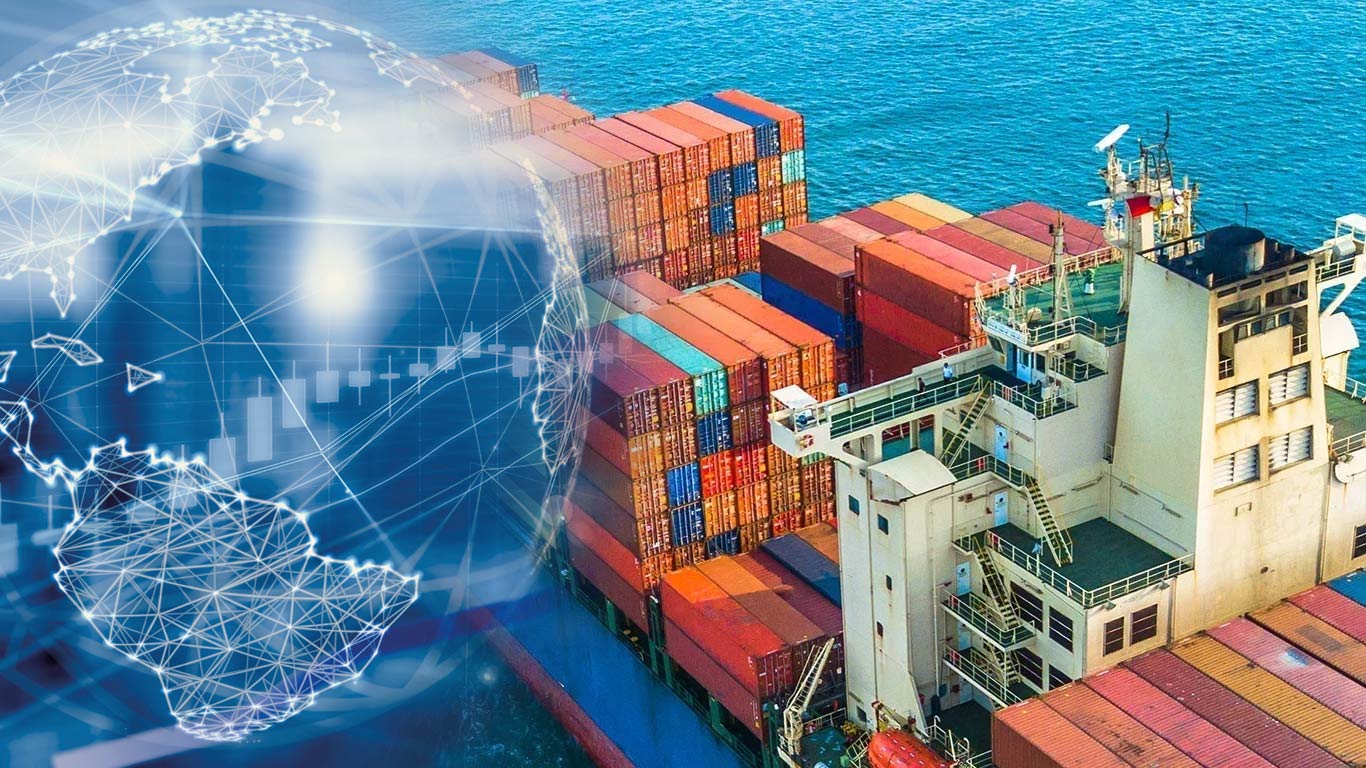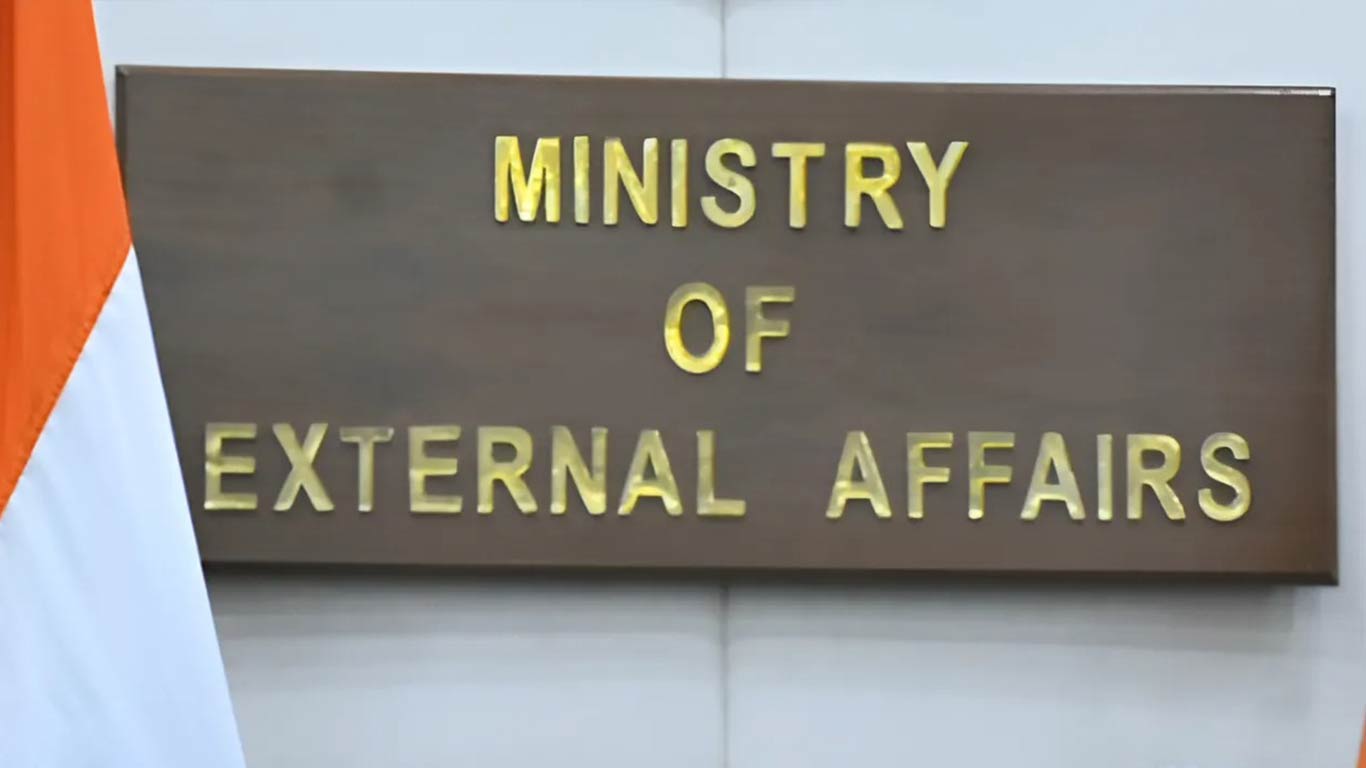Environmental degradation in India costing 5.7% of GDP each year: World Bank
Updated: Jul 25, 2013 04:04:56pm

However, India can make green growth a reality by putting in place strategies to reduce environmental degradation at the minimal cost of 0.02 per cent to 0.04 per cent of average annual GDP growth rate.
According to a new World Bank report released yesterday, this will allow India to maintain a high pace of economic growth without jeopardizing future environmental sustainability.
The report titled, “Diagnostic Assessment of Select Environmental Challenges in India” is the first-ever national level economic assessment of environmental degradation in India. It analyses the physical and monetary losses of environmental health and natural resources; the trade-offs between economic growth and environmental sustainability; and provides a valuation for biodiversity and ecosystem services in India.
According to the assessment, the annual cost of environmental degradation in India amounts to about Rs 3.75 trillion (USD 80 billion) equivalents to 5.7 per cent of GDP. It focusses on particle pollution (PM10) from the burning of fossil fuels, which has serious health consequences amounting to up to 3 per cent of India’s GDP along with losses due to lack of access to clean water supply, sanitation and hygiene and natural resources depletion.
Of this, the impacts of outdoor air pollution account for the highest share at 1.7 per cent followed by cost of indoor air pollution at 1.3 per cent.
The higher costs for outdoor/indoor air pollution are primarily driven by an elevated exposure of the young and productive urban population to particulate matter pollution that results in a substantial cardiopulmonary and Chronic Obstructive Pulmonary Disease mortality load among adults.
Further, a significant portion of diseases caused by poor water supply, sanitation and hygiene is borne by children under 5. About 23 per cent of child mortality in the country could be attributed to environmental degradation, the report said.
“Like in many other countries, the debate over growth versus environment is also active in India. This report suggests there are low-cost options that could significantly bring down environmental damage without compromising long-term growth objectives," said World Bank country director in India, Onno Ruhl.
"The costs of doing this are not only affordable in the long-term but would also be offset by the significant health and productivity benefits,” he further added.
Failure to act now could also constrain long-term productivity and hence India’s economic growth prospects, the report says.
“Grow now and clean up later will not be environmentally sustainable for India in the long run,” said a senior environmental economist at the World Bank and the lead author of the report Muthukumara S Mani.
“We believe that a low-emission, resource-efficient greening of the economy is possible at a very low cost in terms of GDP growth,” he said.
The study models several scenarios to show that a 10 per cent particulate emission reduction by 2030 will lower GDP modestly, representing a loss of merely 0.3 per cent to the GDP compared to business as usual.
On the other hand, a 30 per cent particulate emission reduction lowers GDP about USD 97 billion, or 0.7 per cent with very little impact on the growth rates.
There are significant health benefits under both scenarios. The savings from reduced health damages range from USD 105 billion in the 30 case to USD 24 billion with a 10 per cent reduction. This, to a large extent, compensates for the projected GDP loss.
The report also emphasizes that green growth is measurable and important as India is a hotspot of unique biodiversity and ecosystems. The study undertook a first-ever comprehensive assessment of value of ecosystem services from various biomes across India.
Based on conservative estimates, it amounts to about 3.0 per cent to 5.0 per cent of GDP.
“Conventional measures of growth do not adequately capture the environmental costs, which have been found to be particularly severe at the current rapid growth rates. There are also tools available now to estimate the significant contribution of natural capital in the form of ecosystem services. Therefore, it is imperative to calculate green Gross Domestic Product (green GDP) as an index of economic growth with the environmental costs and services factored in,” Mani added. (KNN)











